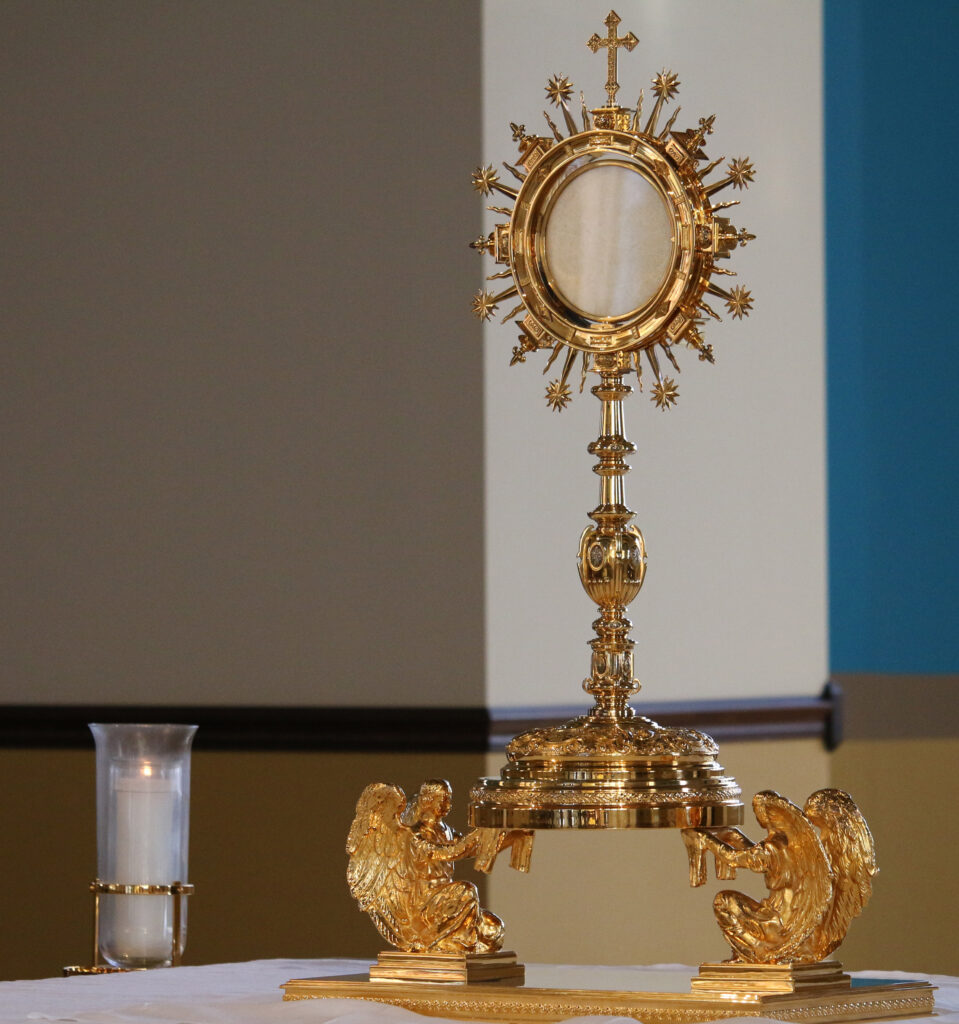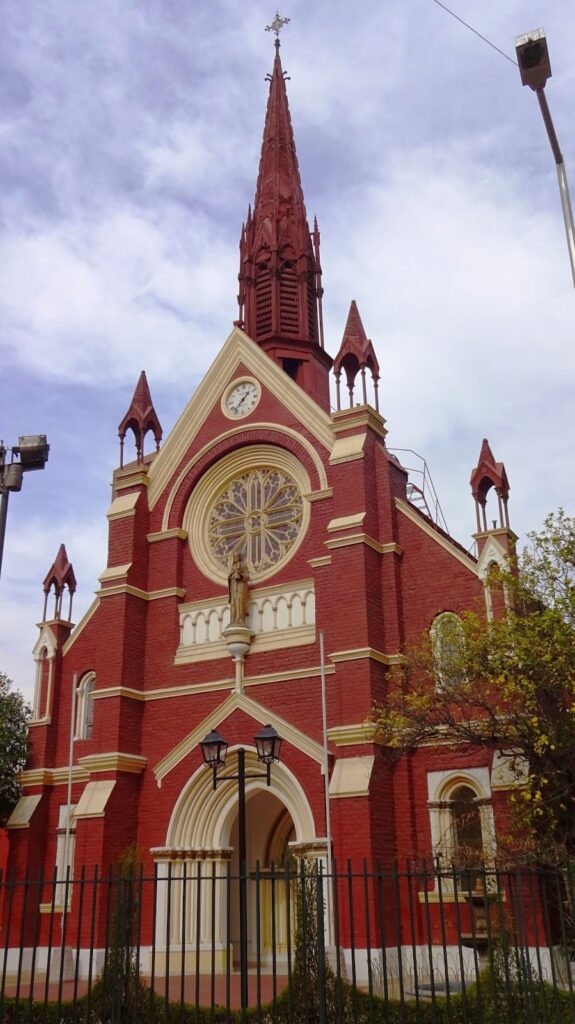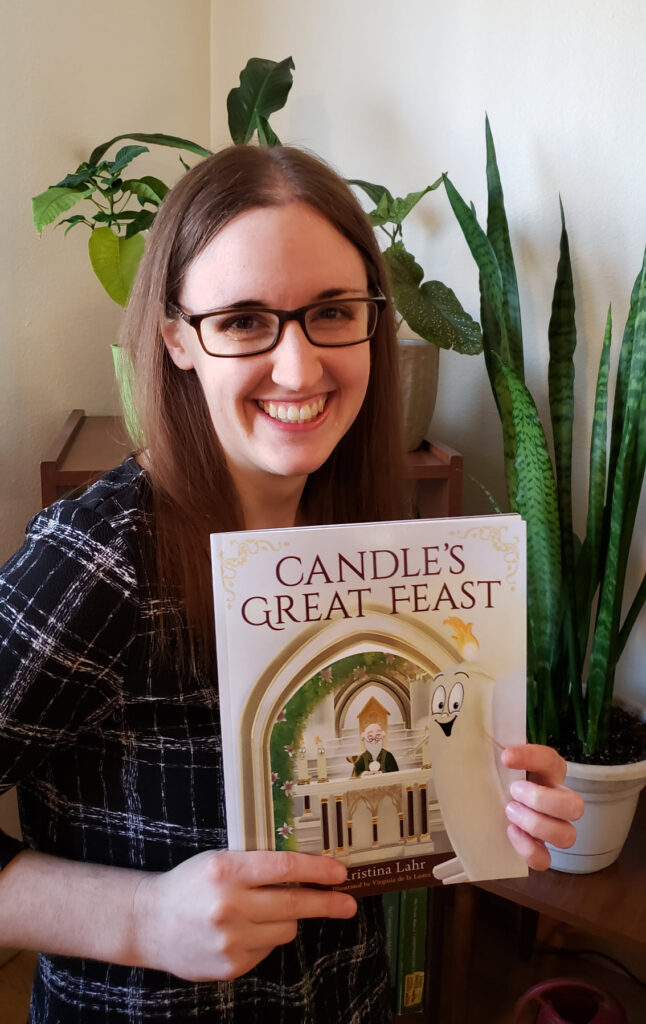Watching Candle’s Great Feast come alive was so fun. I’m amazed how artists create designs, characters, and colors that all work well together. Overall I was surprised how seamless the process was. Every few days I’d hear back from Virginia with new illustrations or tweaks to previous ones. That is, until I didn’t hear from Virginia in over a week.
It was March 2020, and I had a decent guess what was up. I started working from home due to COVID-19, and it seemed like absolutely nothing in the world was going to be left untouched by it. That was when I learned that Virginia is not only an artist but an infectious disease specialist. So you know, she was busy.
We threw our original contract timeline out the window. While the process moved a bit slower, by May, I had all the illustrations in hand. Illustrating turned out to be a stress-reliever for Virginia and receiving them from her brought some movement in my life when everything else was at a stand-still.
The following summer turned out to be the true stand-still. With the illustrations in hand, I investigated a few more traditional publishing options. Contacting publishers involves a lot of waiting normally, and I suspect COVID-19 didn’t help.
This time also involved some more awkward emails, mainly, finding endorsements. When you google things like “how to submit to a publisher” or “how to self-publish” as many times as I have, you’ll regularly see this really annoying suggestion to “list your credentials.” In the articles, they will then list examples like, “I published my poetry collection Awesome Poems by Sandra with We Publish Awesome Stuff back in 2018. It won best collected poems in the Midwest in 2019.”
Yeah, that’s really great for Sandra, who indeed has a credential worth listing.
All right, I’m a writer and editor by trade, so yes, there’s a credential. But when it comes to talking up my children’s book with publishers, mentioning I work with a magazine as my day job is a little like saying, “I’m totally qualified to work at your sushi restaurant because I bake birthday cakes in my spare time.” Sure I know my way around the kitchen, but I’m not fixing the meal in question.
So what’s a girl to do? How do you get that first personal project to shine like the big dogs?
You find famous people to say nice stuff about your work. 🙂
Fortunately, my first endorsement didn’t even require an awkward email. I work for the Diocese of Fargo, so I work for Bishop John Folda. I gave him a copy with my own cheaply added text to the illustrations, mentally freaked out for a day wondering what would happen if he hated it, then received a stellar endorsement. I then used those kind words to seek out more endorsements.
With the nature of my day job, I’m well-connected to much of the Catholic community in Fargo and throughout the diocese. I easily could have sent the less awkward email to people I know, but it was important for me to branch out and seek endorsements from those outside my community.
So I sent emails to several people in Catholic media, including Danielle Bean and Marcie Stokman. To me, those emails go something like this: “Yeah hey. So you don’t know me. I have this book that’s not finished. I want to try to sell it when it is finished. Can I send you an unprofessional copy of it and then you tell me how great it is? My Bishop said it was nice. Thanks.”
God bless Danielle and Marcie for their kind words.
When the traditional publishing options ultimately fell through, I turned to Luminare Press, a Catholic self-publishing company that could help me make my candle book look professional and be more widely available. I signed a contract with them in November 2020 with the hope that the book would be available in February 2021.


